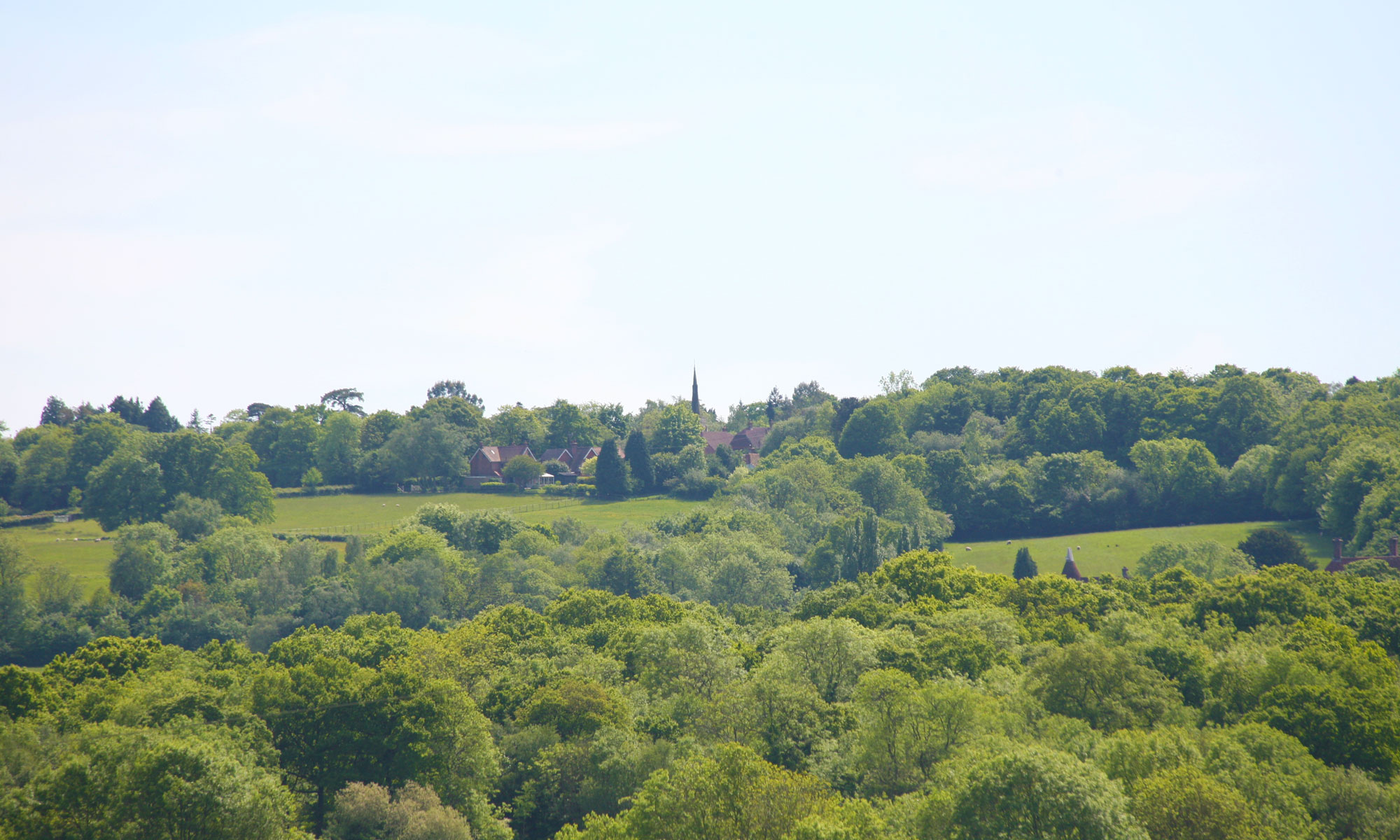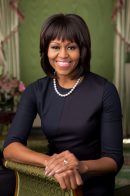Becoming’ opens with an anecdote that sets the tone of warmth throughout the book. She tells how, having left the White House, and hungry in the night, she goes down to her own kitchen and makes a cheese toastie to eat on her back doorstep, suddenly becoming aware of her newly-found freedom to do something that would be impossible in the White House. So starts the memoir of a woman who grew up in a humble black-district in the south side of Chicago and rose to become America’s First Lady with many achievements in her own right.
Michelle Robinson was born in 1964. The book traces her life from a happy childhood and a highly successful education culminating in Princeton University and Harvard Law School. Then came a successful career with a prestigious law company, where she met a young intern named Barack Obama, followed by a number of community and university jobs where she demonstrated her organisational skills at a high level. Marriage followed and political campaigning and then her role as First Lady where she continued to set up projects working for the under-privileged and the community.
Thus it can be seen that the book covers a lot of ground and much of it is in some detail. Its strength lies in Michelle’s warm storytelling style. Although it perhaps lacks the eloquence of her husband’s writing, I found that her direct style really drew me in. I particularly enjoyed the account of her childhood: her parents love, support, wisdom and aspiration clearly laid the foundation for the strong woman she became. I was interested to read what it was like to grow up in a humble black neighbourhood and then to excel at school and college as one of a black minority.
Michelle accomplished so much in her own career and with so many people that I did find myself skipping sections here. However it was interesting to read of courtship and marriage – there were some marital problems between two such driven people. Obama had to be away much of the time and at one point they sought marriage guidance to help her find her own role as a mother and as a professional woman. These are problems many of us can relate to. What was fascinating was learning what it was like to be the First Lady. Michelle does not gossip, but she has a woman’s feel for interesting detail. So we read about being taken round the White House by Laura Bush and seeing where the Bush girls st up their slides on the shiny floors; what it felt like waiting to go onstage at Obama’s inauguration, never mind the ten balls she had to attend that night.
The level of security she now had to endure was amazing: if she wanted to take a cup onto her private balcony, she had to notify security who then cleared the neighbouring streets. When she and Barack went on their first and only date night, they were taken in armoured cars and a helicopter, the streets were cleared and other diners and theatregoers had to be security-checked, so that the show started late.
Her impressions of London and meeting the Queen, both formally and informally, were interesting. There appears to have been a warm relationship between the two women despite Michelle’s much publicised breaches of protocol in wearing a cardigan (designer I’m sure) and putting her hand on the Queen’s arm. It seems that the Queen was not too bothered as on a later private visit she insisted that Michelle rather than the President sit beside her in the back of the Range Rover while Barack sat beside Prince Philip who was driving. With the wisdom of hindsight, this may not have been wise.
Throughout the book, we learn how they succeeded in maintaining a warm family life, passing on the values she herself had learned as a child. Some members of the book club found the book inspiring, others became bored by sections of it – often a problem with memoirs. I would recommend it for its interesting insights: it is a good read if you are prepared to skim read occasionally.
Heather Mines – next book to be decided.


